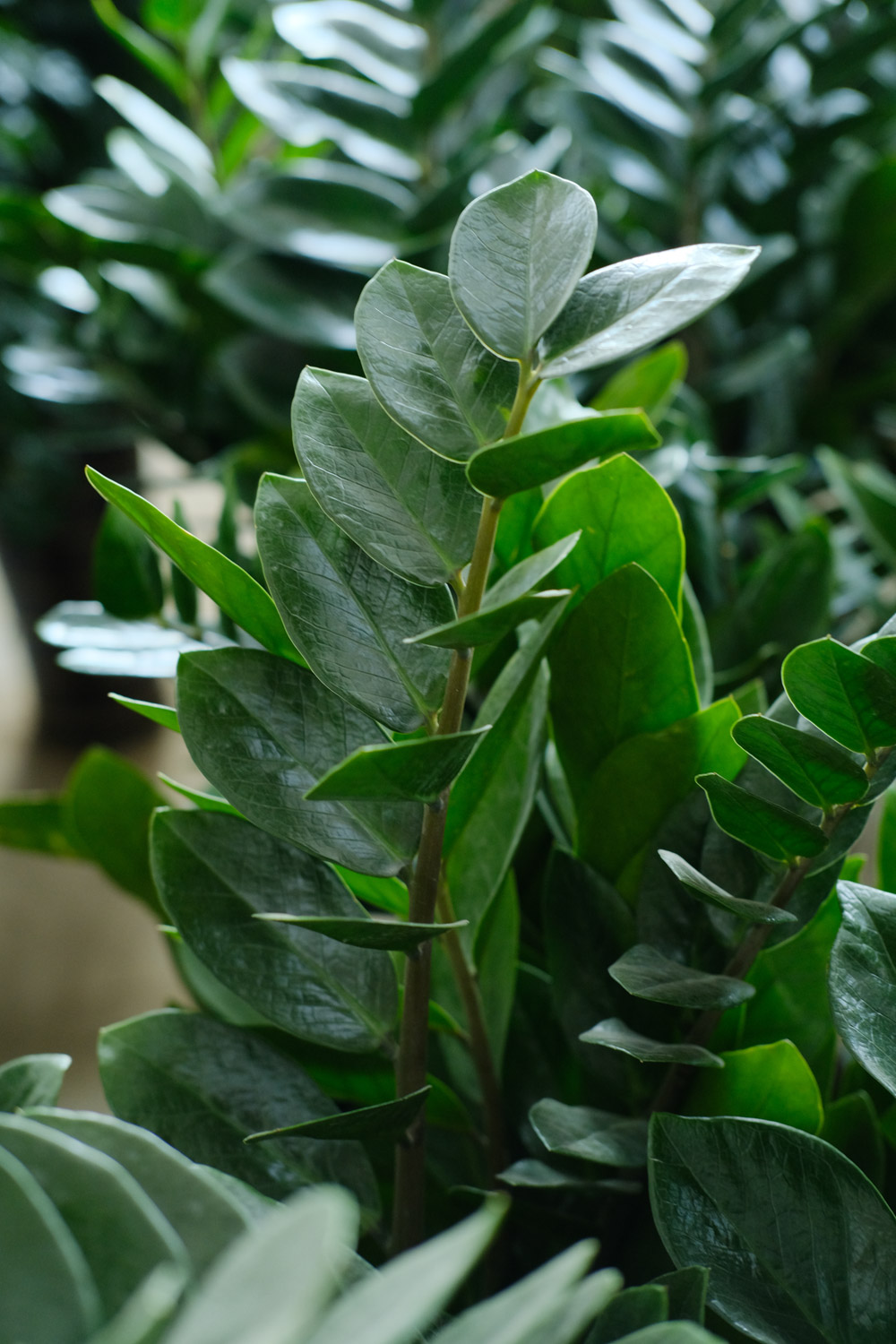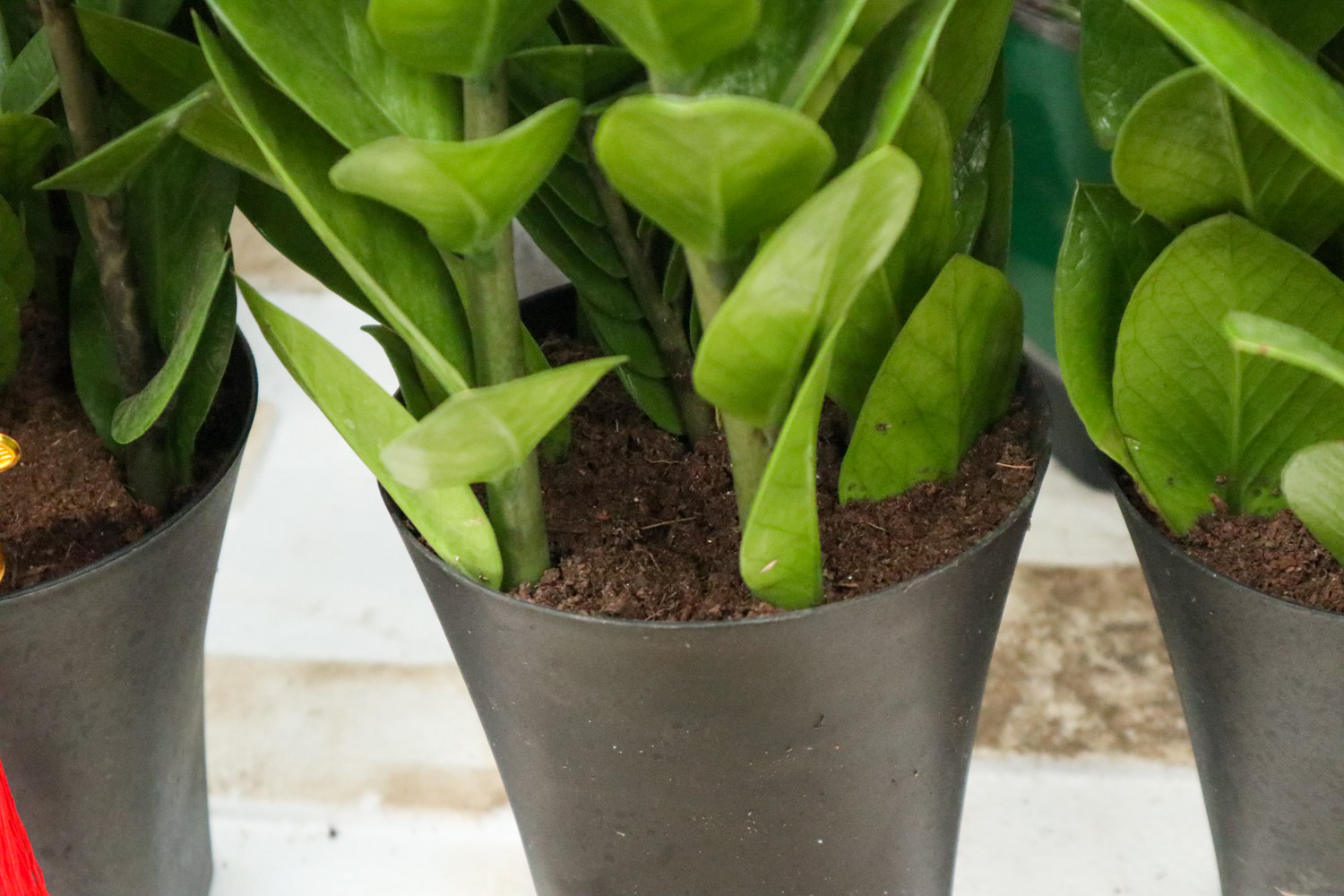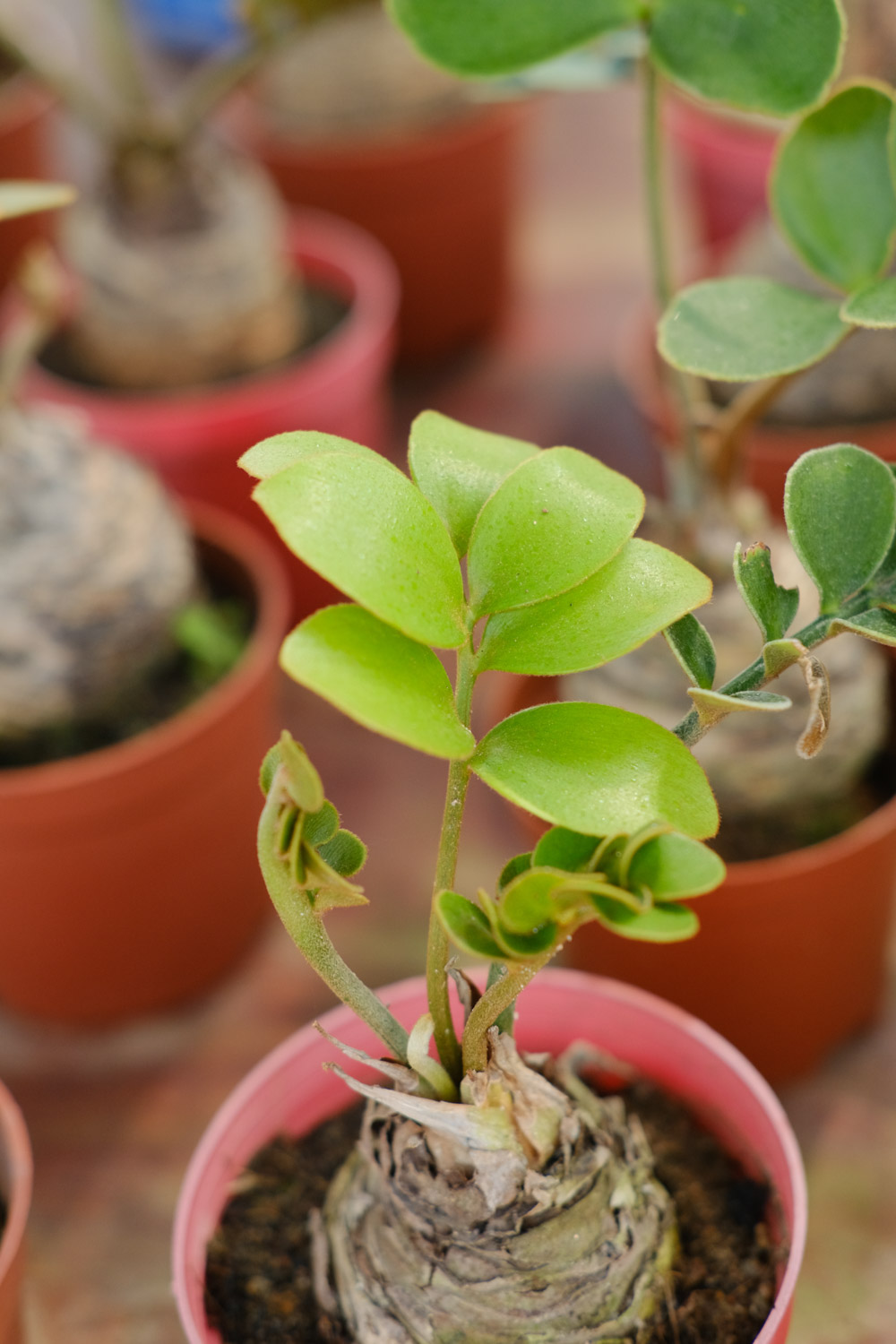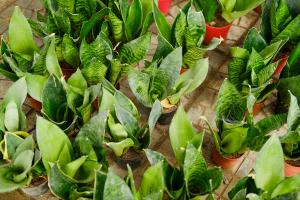1. Suitable soil
If the soil is suitable, the plant will avoid some problems and yellow leaves will not appear. The specific requirements mainly include nutrition, good drainage, looseness and acidity. In addition, the soil should be changed and loosened regularly
2. Suitable temperature
It's best to be in a suitable range, so that the plants grow well and the leaves will naturally be greener. Specifically, it is better between 20 and 32. It's best not to be higher than 35 degrees or lower than 5 degrees, or its leaf color will change

3. Suitable light
Not too dark, chlorophyll can not form, the color will become dim, no luster. Too much light also doesn't work. Leaves turn yellow after being burned. Therefore, in general, the scattered light is better
4. Proper moisture
Similarly, too much or too little will cause adverse effects and endanger its leaves. Neither too dry nor ponding is allowed. The soil is wet in seven or eight rows

5. Suitable humidity
In addition to moisture, humidity should also be controlled. The relative humidity is about 85%, which is conducive to the color of leaves becoming greener and brighter
6. The water quality shall not be alkaline
The water used for watering should not be alkaline, otherwise its leaves will turn yellow. Ferrous sulfate can be used to remedy it and make the leaves greener
7. Use of nitrogen and potassium fertilizers
Nitrogen fertilizer and potassium fertilizer are mainly used when applying fertilizer, which can avoid the yellowing of leaves and make it more shiny


 how many times do yo...
how many times do yo... how many planted tre...
how many planted tre... how many pine trees ...
how many pine trees ... how many pecan trees...
how many pecan trees... how many plants comp...
how many plants comp... how many plants can ...
how many plants can ... how many plants and ...
how many plants and ... how many pepper plan...
how many pepper plan...





























